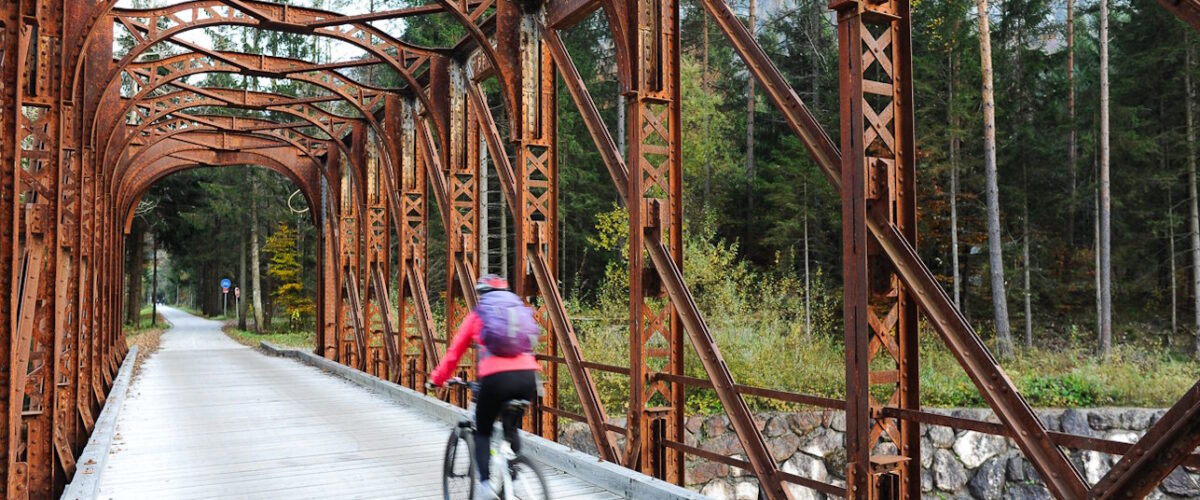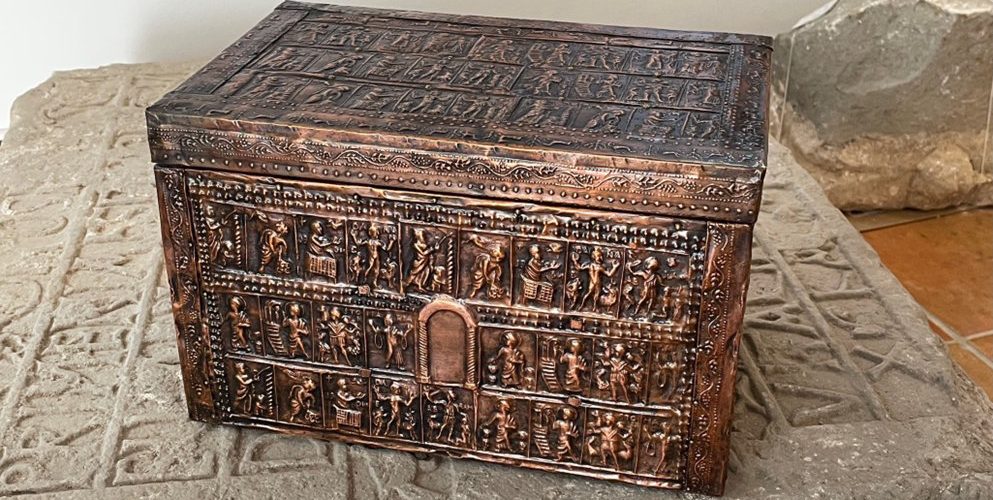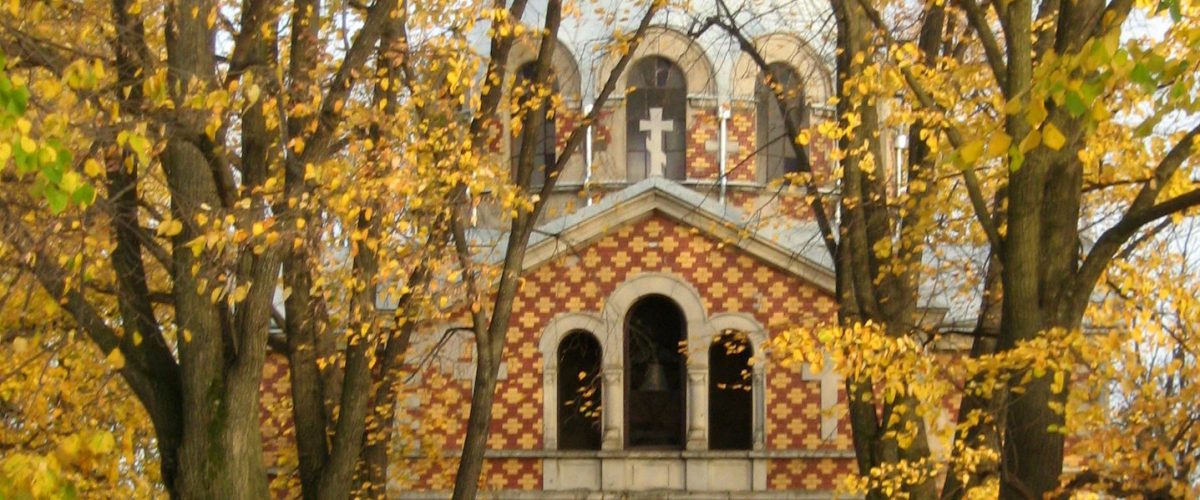The overall results of the project will contribute to a significantly better understanding of the diverse cultural heritage objects and sites covered by the project as a result of the established multi-level communication between the heritage and the public of the participating countries as well as the wider European community. Intercultural dialogue developed through the project phases on several levels will contribute a lot to a better understanding and stronger connection between participating countries which is essential for their good-neighbourly relations.
E-ROUTES has great potential for further development as the resources created as a result of the project will be permanently available for upgrading by researchers, travelogue writers, travelers as well as audiences interested in sharing their travel experiences with the public. The greatest opportunities during and after the project will be opening of the new exploitation avenue for GLAM and creative industry sectors, development of cultural tourism, new thematic routes and collections that will benefit both lovers of virtual travel and travelers looking for new experiences and hidden local gems.
The project will stimulate travel and exploration of the created time travel routes, associated points of interest, toponyms, places, etc, which will contribute to the environmental awareness and its protection for the future generations. Created routes will be projected with an emphasis on the possibility of alternative way of traveling other than by highways and motorways, such as trains and bicycles, which will have positive impact on the ecology and environment of the region. Additionally, E-ROUTES will promote the usage of technological solutions that provide means of establishing connections between users as individuals and their natural, historical and cultural environment.
The principles of sustainable tourism will be actively promoted by the project, taking into the account economic, social and environmental impacts of the proposed travel routes, as well as the needs of both visitors and hosts. One of the aspects of this approach is the valorisation and usage of already existing GLAM collections of travel material, which will be made accessible to consumers through ICT non-invasive tools in digital form.











